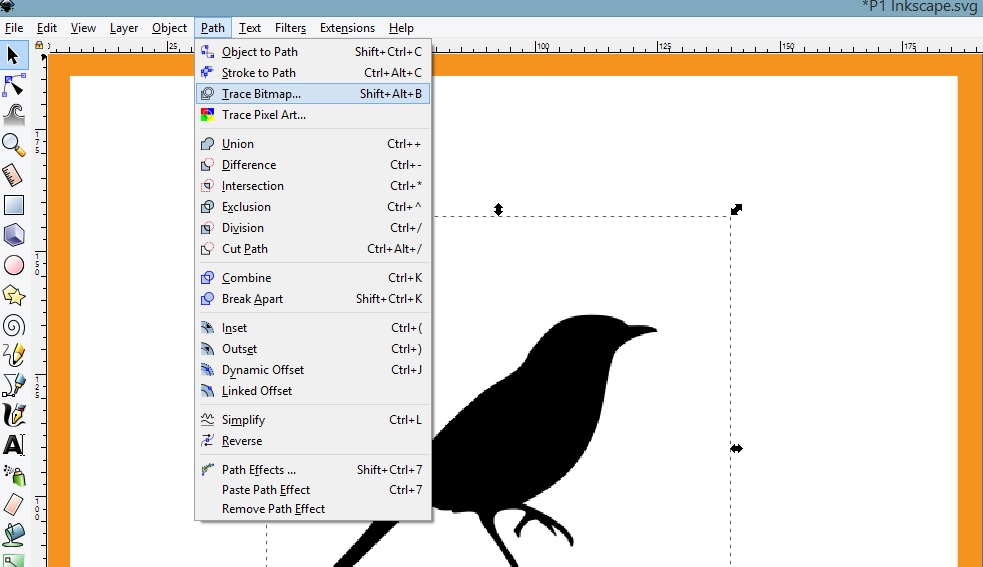
This brings up the “align and distribute” options. Going back to the top-most toolbar, click on the “align” button, which shows three horizontal bars of differing length. Optionally, the Enter key can be used to force the text to wrap between certain words. If necessary, resize the blue square until the text appears as desired, with certain words on certain lines. Type the text for the speech ballon inside of the blue square. These are the boundaries of the text about to be typed, and the blue square can be resized later by clicking on the white diamond on the lower-right corner of the blue square and dragging it. There are better fonts out there for a comic, but for now, this is all I have.Ĭlick on the blank Inkscape page and drag the mouse, which creates a blue square. On my laptop’s standard Kubuntu Linux installation, there is a font called “Purisa”, which makes for a decent comic font when typed in all capital letters.

Selecting this tool will change the tool options bar (lower toolbar on the top) to text options. On my installation of Inkscape, there is a toolbar on the left, as well, with a letter “A” button representing the text tool. The text tool is accessed by keyboard by pressing the F8 key. Even though the balloon can be typed out later, I like to have the text typed out beforehand. The Speech Balloonīefore the balloon can be drawn, the speech for it must be typed out. This tutorial covers the basic speech balloon. These most often appear in one of three variety: regular speech, exclamation or shouting speech, and thoughts. The most basic item of a comic is the speech balloon (also known as speech bubbles, dialogue balloons, or word balloons). This tutorial is written using Inkscape 0.46. This series of tutorials expects a very basic understanding of Inkscape, but should be understandable to a patient newcomer to Inkscape who’s ready to explore the software a little to find what’s written about here.

This series of comics will be specifically for use in making a comic out of anime screenshots, but the same information can be applied to photograph comics and hand- or computer-drawn comics. This is the first in a series of tutorials on using the free vector image editing software, Inkscape to make comics.


 0 kommentar(er)
0 kommentar(er)
